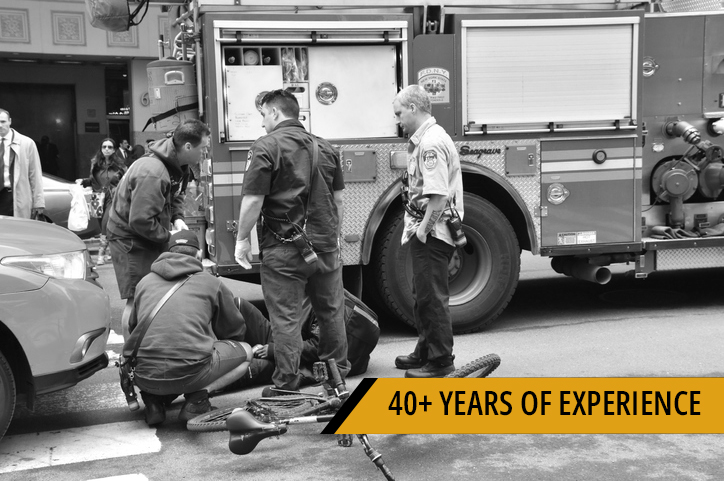Another Hit and Run (Fail to Remain at the Scene of an Accident H.T.A)
(Failure to Stop at Scene of Accident s. 252(1) Criminal Code)
Toddler injured in Toronto October 13 – the driver and passenger failed to remain! On Sunday morning as reported in the Globe and Mail a hit and run driver severely injured a 20-month-old boy who was in a stroller on a sidewalk. Apparently 2 individuals exited the motor vehicle and saw the toddler’s injuries. One got back in the car and drove away, the other allegedly ran away. Fail to remain at the scene of an accident coupled with leaving someone injured is considered by the Courts to be both cowardly and selfish act. It is assumed that the failure to remain is to avoid taking responsibility for their conduct. In our 38 years of criminal law defense work, I have come across numerous reasons that writing paper individuals have failed to remain at the scene of an accident.
Some examples of the reasons former clients have failed to remain:
- They don’t have insurance on their motor vehicle.
- Their car contained a significant number of drugs.
- They had been drinking and wanted to avoid an impaired driving charge.
- They were trying to avoid the consequences of the actual driving that caused the accident.
- They had to get to work.
- There was a warrant out for their arrest.
With respect to the incident this weekend on Toronto streets, Mayor John Tory again stepped in to provide his views on the inadequacies of the judicial system. “I fully support an increase in penalties for those involved in collisions with pedestrians and steeper consequences for those who flee the scene.”
Quite frankly I wish municipal politicians would keep their views regarding the efficacy of the judicial system to themselves.
Firstly, there are significant penalties imposed in accident cases. The Courts consider, the nature of the driving, the sobriety of the driver, the injuries (or death), and of course whether the accused remains at the scene of an accident. In the case of R. v. Muzzo, the court imposed a 10-year sentence.
The Criminal Code provides:
- Dangerous driving s. 249 (also referred to as dangerous operation)
- Up to 5 years in jail
- Dangerous driving cause bodily harm s. 249(3)
- Up to 10 years in jail
- Dangerous driving cause death s. 249(4)
- Up to 14 years in jail
- Fail to remain (Fail to Stop at the Scene) s. 252
- Up to 5 years in jail
- Fail to remain cause bodily harm (Fail to Stop at Scene)s. 252 (1.2)
- Up to 10 years in jail
- Fail to remain cause death (Fail to Stop at Scene) s. 252(1.3)
- Up to life in jail
There are numerous other charges that carry significant penalties.
Criminal Negligence cause bodily harm s. 221
- Up to 10 years in jail
Criminal Negligence cause death s. 220
- Up to life in jail
Flight from Police s. 249.1
- Up to 5 years in jail
Flight from Police cause bodily harm s. 249.1 (4)(a)
- Up to 14 years in jail
Flight from Police cause death s. 249.1 (4)(b)
- Up to live in jail
The Courts do consider all the aggravating factors when deciding on the appropriate sentence and attempt to balance those factors against the individual circumstances of the accused. Long jail sentences are regularly imposed in cases of significant injury or death.
With the increase in the number of cars on the streets and the increase in the power and speed of vehicles, it is important that driving safely be emphasized. The new laws on distracted driving clearly have helped. Perhaps photo radar should be re-implemented as it will slow people down.
The real point of this article, however, is to clarify that the Courts are doing their job, the Justice system is working, and in cases of Fail to remain (Leave the Scene as it is referred to in the Criminal Code), where there is bodily harm or death, the sentence imposed will take into account the gravity of the situation. Note that the Courts can and do impose a driving prohibition and a license suspension is automatic under the Highway Traffic Act in addition to what the rest of the sentence may include.
As defense counsel it is our job in these cases to determine if the Crown can actually prove the charge. If not we will go to trial as everyone is innocent until proven guilty. On the other hand, if the Crown can prove the charge it is our job to present mitigating circumstances so that a proper balance can be achieved between the competing interests of general deterrence and personal rehabilitation.

